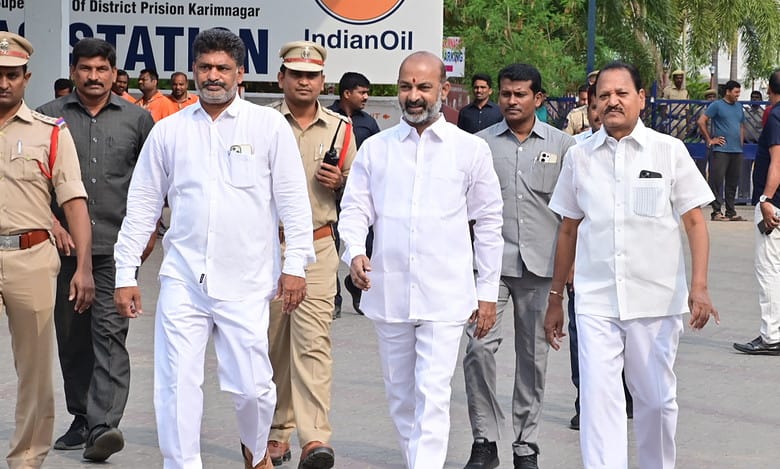Punjab: Remote monitoring keeps heart patients safe and connected

Punjab: Dr V P Sharma, Chief Cardiologist, Shriman Hospital, Jalandhar, discusses various medical approaches to heart failure, including the use of remote monitoring for patients via Bluetooth technology. He explains how this innovative approach can enable timely intervention, ultimately helping save lives.
What is Heart Failure?
Heart failure is a condition that occurs when the heart cannot pump blood as efficiently as it should. This leads to inadequate blood flow to vital organs such as the kidneys, and can also cause congestion in the lungs. The term “heart failure” is somewhat misleading. The heart does not fail completely or stop beating. It may only have mild problems, with minor symptoms that only become apparent during physical activity. In some cases, it can be severe, causing symptoms at rest, and can even become life-threatening. What are the symptoms of heart failure? The most common symptom of heart failure is shortness of breath, which may require the patient to reduce normal activities or sleep with several pillows to elevate the head. The patient may experience fatigue and exhaustion more quickly. Weakness may also occur during exercise, especially in the legs. Other symptoms include light-headedness or dizziness, a fast heart rate (even while resting), swelling (edema) in the lower legs and feet or swelling in the abdomen, and unintentional weight loss (in severe cases of heart failure).
How do cardiologists diagnose heart failure? Heart failure is diagnosed based on the patient’s medical history, a physical examination, and several tests. These tests help the doctor assess how well the heart is working. These include an electrocardiogram (ECG), blood tests, a chest X-ray, and echocardiogram. What are the treatments for heart failure? Treatment usually involves diet and lifestyle changes, medications, and sometimes a device to protect the heart from abnormal rhythms. Common recommendations include reducing salt and water intake, avoiding smoking, limiting alcohol intake, and getting regular exercise. Another potential problem in people with heart failure is abnormal electrical conduction in the heart, which can knock the walls of the left ventricle out of sync, causing the heart to work less efficiently. A special type of pacemaker, called cardiac resynchronization therapy (CRT) or biventricular pacing, can treat this problem.
What is the latest technological support available for this condition?
Nowadays, CRTs with Bluetooth and remote monitoring capabilities are available. Remote monitoring is important for patients with CRTs and implantable cardioverter defibrillator (ICD) devices. Newer devices use Bluetooth technology to transmit data via a smartphone. Remote heart monitors collect vital information from the patient’s heart device and send it to a secure server, allowing clinicians to view it on a secure website. Through Bluetooth technology, remote monitoring can quickly send information about abnormal heart rhythms and device problems, enabling faster intervention and potentially reducing hospitalizations and emergency visits.





